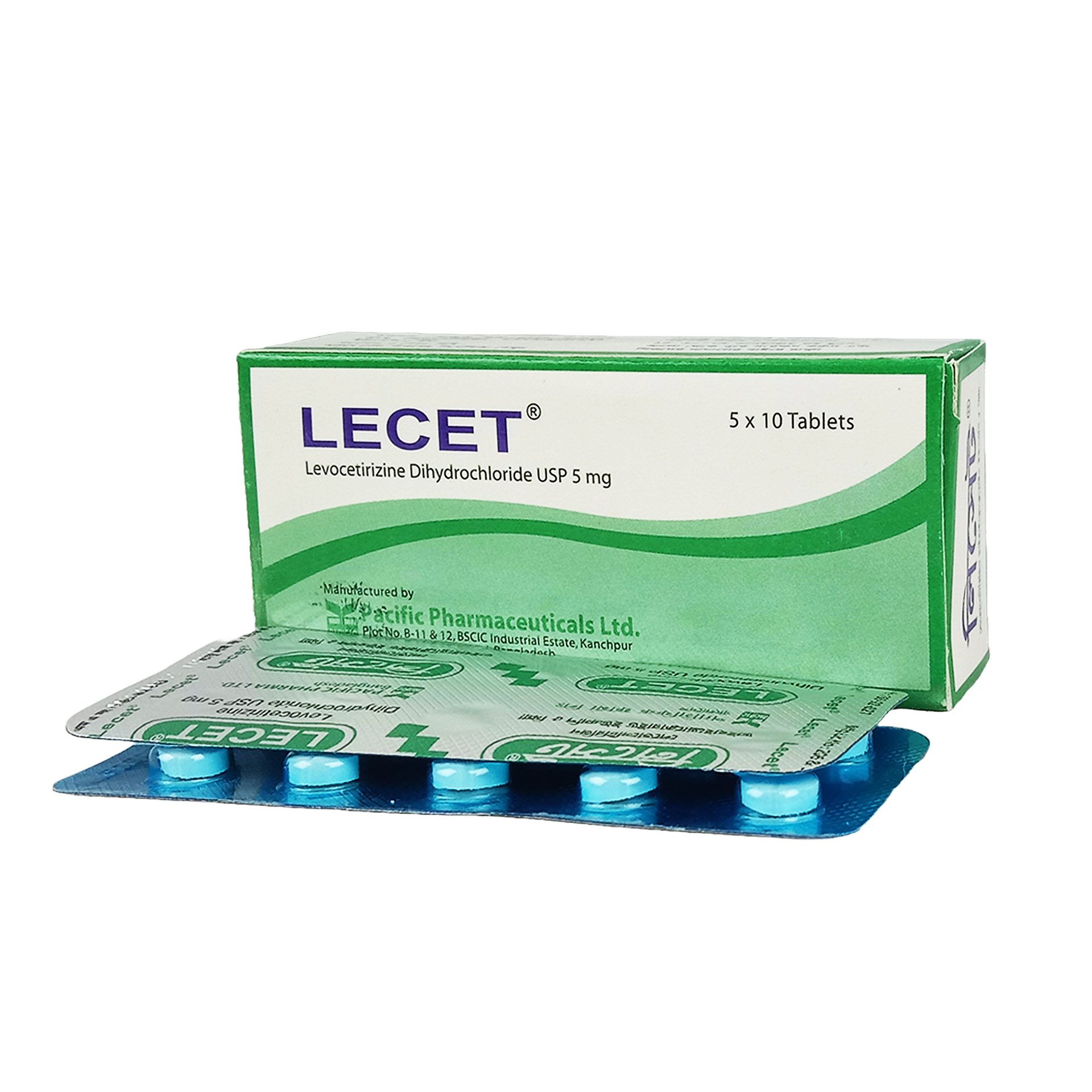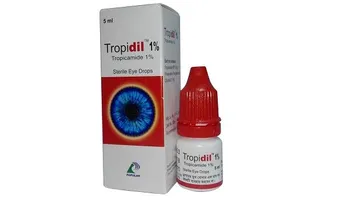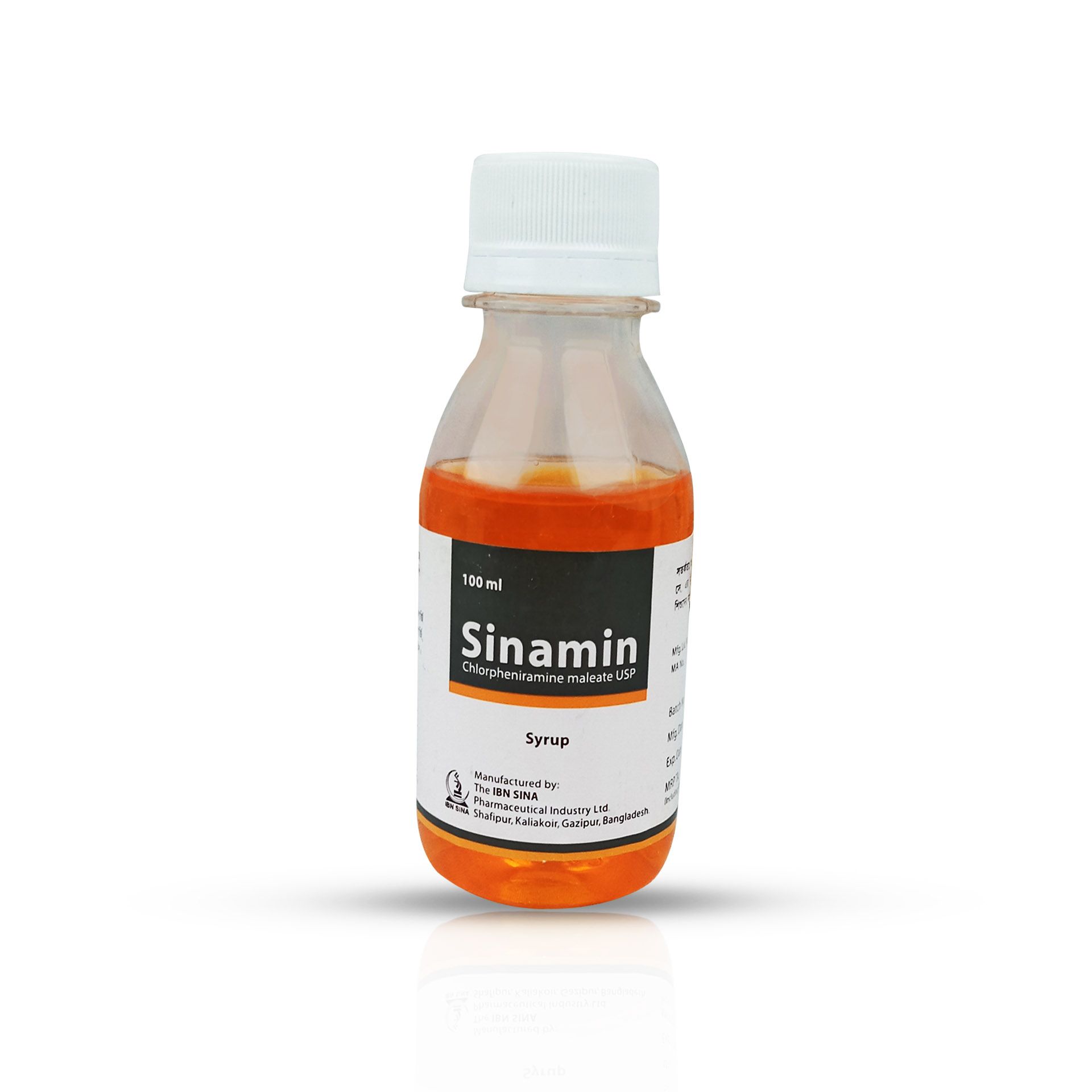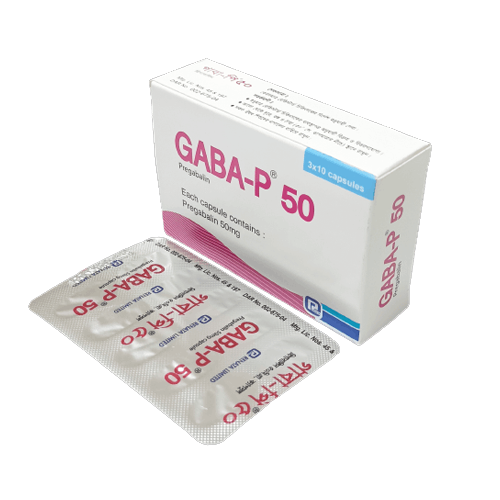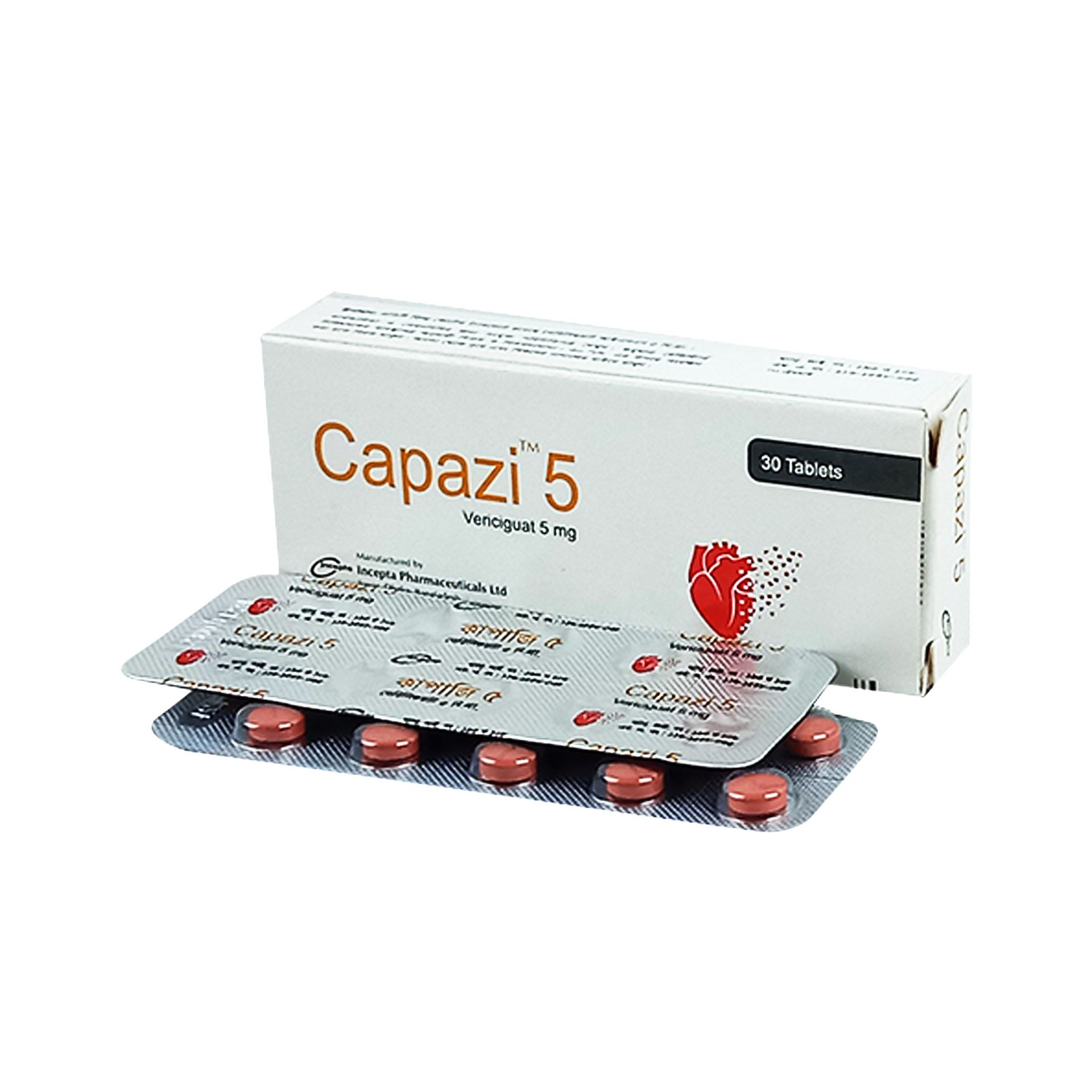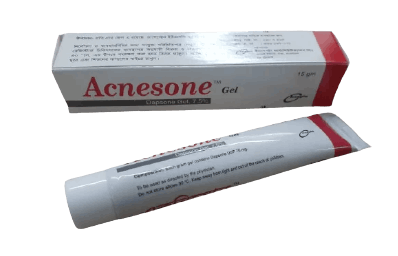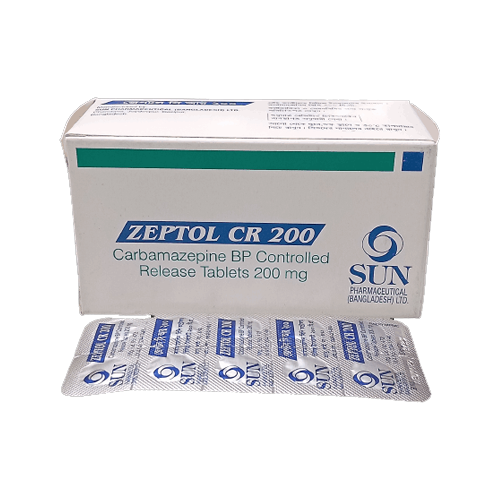Lecet Tablet - (5mg)
(0
reviews)
Sold by
Ashik Medical
Price
৳32.00
৳35.00
/pc
-9%
Club Point:
20
Refund
Not Applicable
Share
Top Selling Products
-
৳76.50
৳85.00 -
৳27.00
৳30.00 -
৳126.00
৳140.00 -
৳450.00
৳500.00 -
৳135.00
৳150.00 -
৳64.00
৳70.00
Reviews & Ratings
0
out of 5.0
(0
reviews)
There have been no reviews for this product yet.
Introduction
Lecet belongs to a group of medicines called antihistamines. It is used to treat various allergic conditions such as hay fever, conjunctivitis, some skin reactions such as eczema, hives, and reactions to bites and stings. It also relieves watery eyes, runny nose, sneezing, and itching. Lecet can be taken with or without food. The dose required by you may vary depending on what you are taking it for. This medicine is usually taken in the evening, but follow the advice of your doctor on how to take it. You may need this medicine only on days you have symptoms, but if you are taking it to prevent the symptoms then you should take it regularly. If you miss doses or stop taking it earlier than advised, your symptoms may come back. This medicine is generally very safe. The most common side effects include feeling sleepy or dizzy, dry mouth, fatigue, and headache. These are usually mild and go away after a couple of days as your body adjusts to it. Consult your doctor if any of the side effects persist or worry you. Before taking it, tell your doctor if you have any kidney problems or epilepsy (seizures). Your dose may need to be modified or this medicine may not suit you. Some other medicines can interact with this medicine so let your healthcare team know what else you are taking. You should also talk to your doctor before using this medicine if you are pregnant or breastfeeding, although it is not thought to be harmful.
Uses of Lecet
- Allergic conditions
Side effects of Lecet
Common
- Sleepiness
- Fatigue
- Headache
- Dryness in mouth
How to use Lecet
Take this medicine in the dose and duration as advised by your doctor. Swallow it as a whole. Do not chew, crush or break it. Lecet may be taken with or without food, but it is better to take it at a fixed time.
How Lecet works
Lecet is an antihistaminic medication. It treats allergy symptoms such as itching, swelling, and rashes by blocking the effects of a chemical messenger (histamine) in the body.
Quick Tips
- Your doctor has prescribed Lecet to help relieve allergy symptoms such as itching, swelling, and rashes.
- As compared to other similar medications, it is much less likely to make you feel sleepy.
- Be cautious while driving or doing anything that requires concentration as it can cause dizziness and sleepiness.
- Do not drink alcohol while taking this medication as it may cause increased sleepiness.
- Stop taking Lecet at least three days before taking an allergy test as it can affect the test results.
Brief Description
Indication
Allergic rhinitis, Allergic conditions, Chronic idiopathic urticaria
Administration
May be taken with or without food.
Adult Dose
Oral Seasonal allergic rhinitis, Chronic idiopathic urticaria Adult: 5mg once daily
Child Dose
Oral Seasonal allergic rhinitis, Chronic idiopathic urticaria Children 12 years of age and older: 5mg once daily Children 6 to 11 years of age: 2.5mg (1/2 tablet or 1 teaspoon oral solution) once daily Children 6 months to 5 years of age: 1.25 mg (1/2 teaspoon oral solution) once daily
Renal Dose
Renal Impairment CrCl 50-80 mL/min: 2.5 mg PO qDay CrCl 30-50 mL/min: 2.5 mg PO qOD CrCl 10-30 mL/min: 2.5 mg PO 2x/wk CrCl <10 mL/min: contraindicated
Contraindication
Patients who are hypersensitive to this medication or to any of its ingredients.
Mode of Action
Levocetirizine is an active isomer of cetirizine which selectively competes w/ histamine for H1-receptor sites on effector cells in the GI tract, blood vessels and resp tract.
Precaution
Epileptic patients and patients at risk of convulsions. Renal impairment. Pregnancy and lactation. Patient Counselling May impair ability to drive or operate machinery. Monitoring Parameters Monitor CrCl prior to treatment for dosage adjustment. Lactation: expected to be excreted in breast milk, avoid
Side Effect
1-10% Dry mouth,Fatigue,Nasopharyngitis,Pharyngitis Frequency Not Defined Somnolence, dizziness, pyrexia, cough, epistaxis, diarrhoea, vomiting, constipation, otitis media, dysuria, urinary retention, blurred vision, angioedema, paraesthesia, dystonia, oculogyric crisis, myoclonus, extrapyramidal symptoms.
Interaction
Possible additive adverse CNS effects w/ CNS depressants (e.g. sedatives, tranquilizers).
Frequently Bought Products
Product Queries (0)
Login Or Registerto submit your questions to seller
Other Questions
No none asked to seller yet
Top Selling Products
-
৳76.50
৳85.00 -
৳27.00
৳30.00 -
৳126.00
৳140.00 -
৳450.00
৳500.00 -
৳135.00
৳150.00 -
৳64.00
৳70.00

